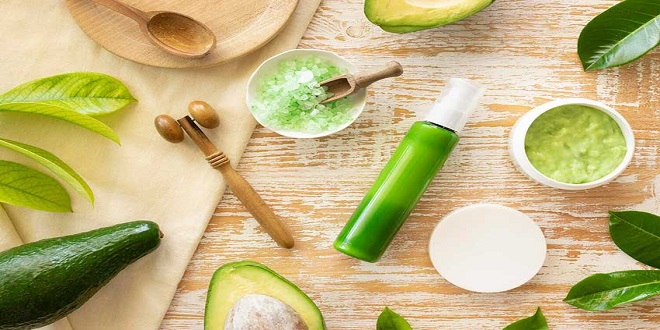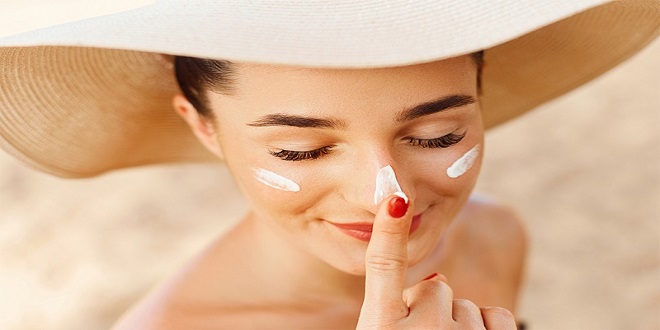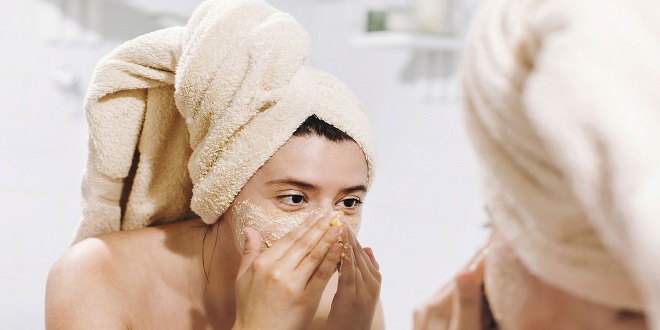Skin Care and Cosmetic Ingredients Dictionary

Atomizers and spray bottles are especially handy if you’re planning to make perfumes, toners, and hairsprays. Shower-safe pump or squeeze bottles are perfect for shampoos and conditioners. For body butters, low-profile jars are best for ease of use. Using decorative bottles or jars for your DIY products can make your handiwork into wonderful gifts. Craft stores are great for finding beautiful glass jars to hold bath salts.
For gift giving and even your own purposes, you can label the bottles with adhesive stickers. Creating and printing your own unique labels for your DIY products are a sweet touch for wedding and shower favors, or whenever gifting your DIY products.
DIY RESPONSIBLY
When considering if a certain recipe is right for you, always consult with your doctor. If you have questions about any of the ingredients used in that product, if you are pregnant, or if you have a serious skin condition, getting your doctor’s advice is essential. Also, always clean and sterilize your tools and test for any allergens to ensure you’re making and using your products in the safest way
CLEANSING TOOLS
Clean tools make effective, germ-free products. Use natural soap and clean dishrags to wash your kitchen tools and appliances, including new ones. Rinse them with water, making sure all the soap is washed away, and allow them to dry completely before using them in your DIY recipes or storing them away. For an extra but important measure, follow up by spraying a light mist of rubbing alcohol and letting it dry.
STERILIZING TOOLS
To sterilize my tools prior to use (following a thorough cleansing), I lay out plastic wrap so they do not get contaminated again and use rubbing alcohol in a spray bottle to spray down anything I’m going to use. Then, I allow the sterilized tools to dry on the plastic wrap (it happens pretty quickly and if there is a little dampness from alcohol, it won’t contaminate your product the way water would). New jars and bowls may seem like they’re ready to use right out of the package, but they may be treated with a chemical finish, so it’s important to clean and sterilize those as well. If you have a dishwasher with a sanitary cycle, you can prep them in there.
PATCH TESTING & ALLERGIES
Foods applied topically to skin may react differently than when they are ingested. For example, I love eating strawberries and do so regularly, but if I put pure strawberry jam on my face, my skin turns red and burns. So, with any new recipe, I recommend applying a dime-size amount of the product on your inner wrist before applying it to your face or body. Leave it on for 15 minutes, and then rinse it off. If your skin turns red or reacts in any way, you know there is something in that product that doesn’t agree with your skin. To isolate and eliminate the disagreeable ingredient, try this same patch test with each of the ingredients used in the product you tested





